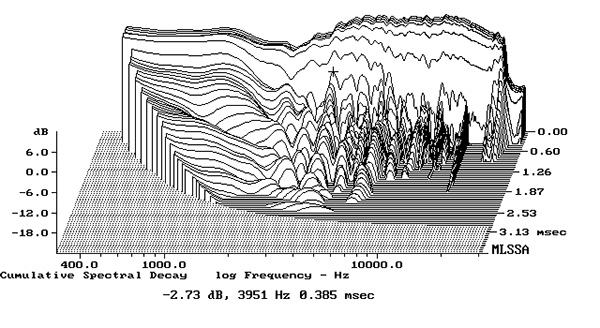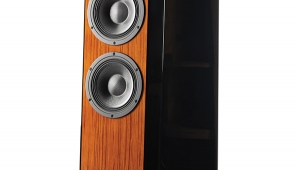| Columns Retired Columns & Blogs |
Horribly executed and shoddy engineering on a $100K speaker! This is the great Raidho that's been hailed as so wonderful? I think not! What a joke. A $1000 pair of KEF, Elac, Wharfedale, Dali, Polk, or Monitor Audio speakers will yield a far better designed and far more enjoyable speaker to listen to than this overpriced piece of garbage.
























































